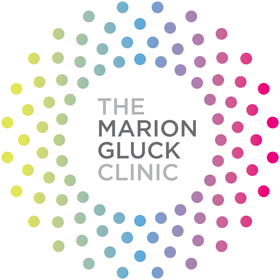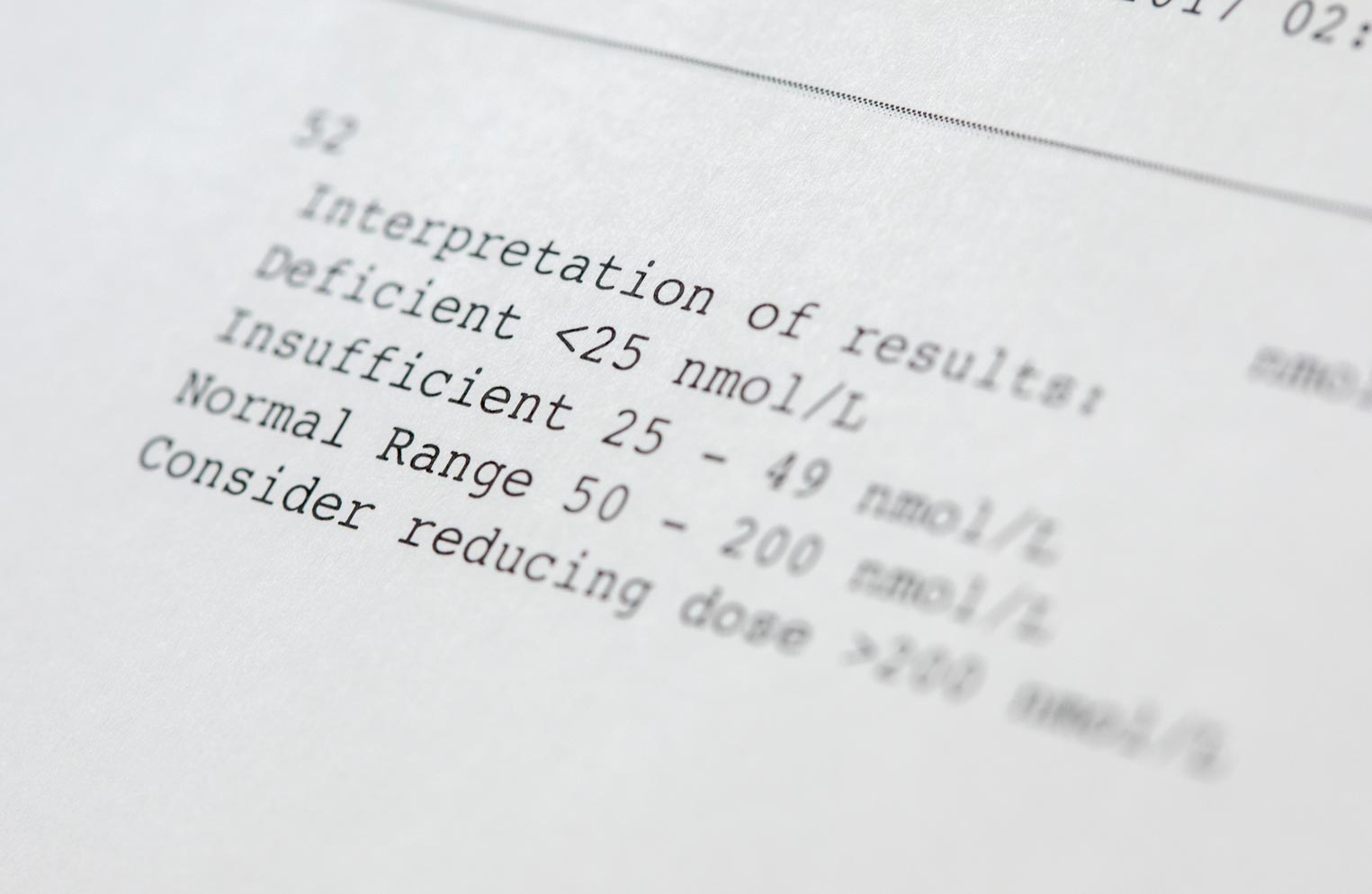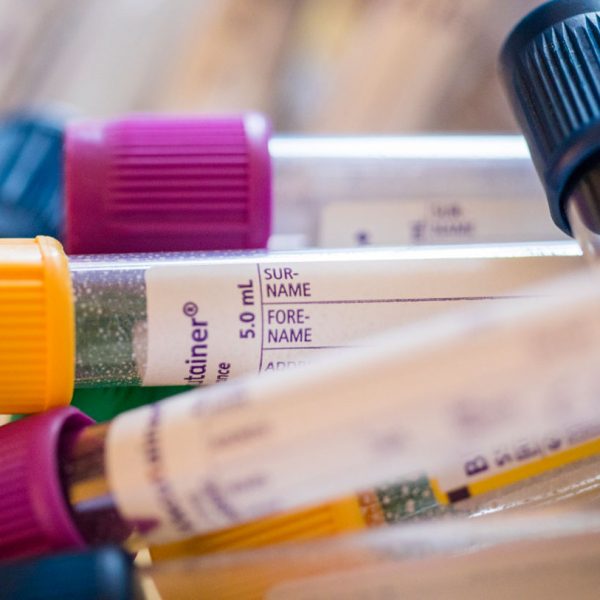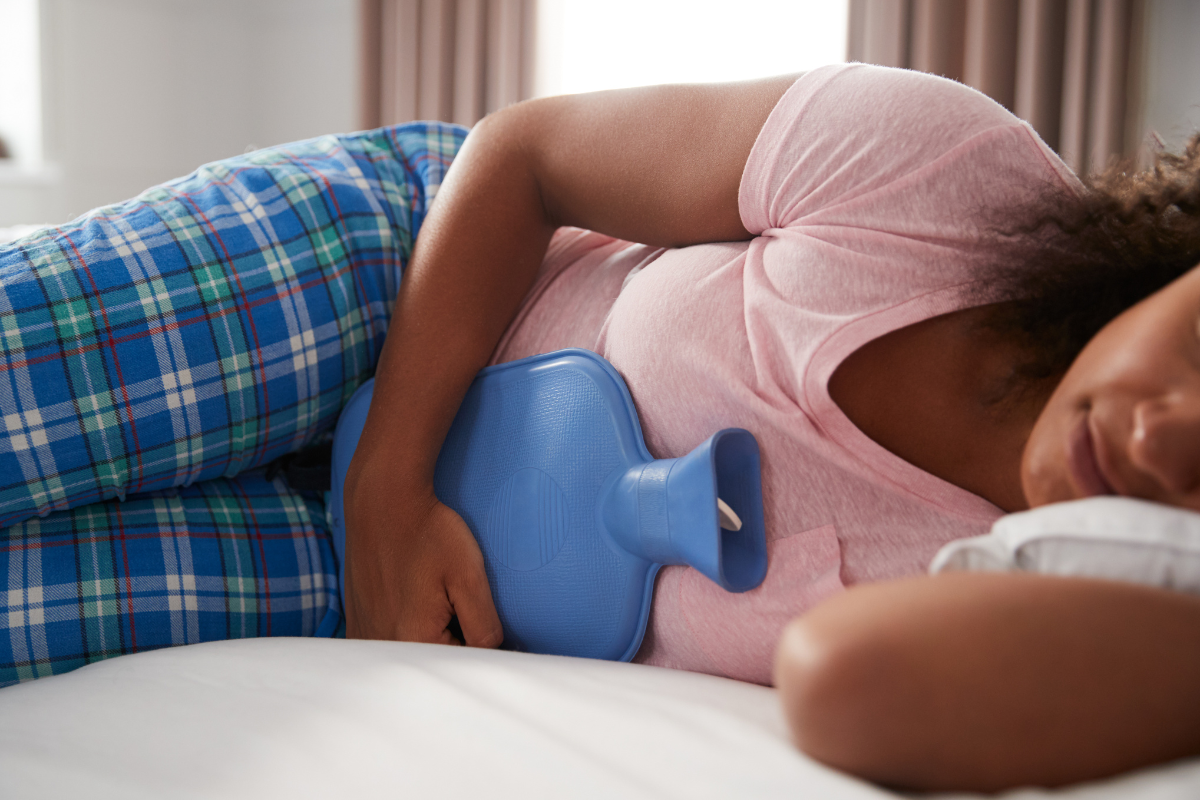Following any blood tests at the Marion Gluck Clinic, your doctor will go through your results with you in a follow-up appointment. However, to provide you with the tools you need to read your Thyroid Profile results at home, we have included information about each of the hormones tested and how to understand the results here.
Thyroid Profile Results
TSH
TSH (Thyroid Stimulating Hormone) is a hormone produced by the pituitary gland and is a component of the body’s feedback system to maintain stable amounts of thyroid hormones in the blood. TSH is released by the pituitary in response to low thyroid hormone blood concentration, and it stimulates the production and release of T4 and T3 by the thyroid gland. If T4 and T3 levels are adequate, TSH production turns off.
Reference ranges
Normal: 0.27 – 4.2 mIU/L
Free T4
Free T4 (Free Thyroxine, FT4) is one of two major hormones produced by the thyroid gland, a small butterfly-shaped organ located at the base of the throat. In response to the production and release of TSH, the thyroid gland produces and releases T4. T4 makes up around 90% of thyroid hormones and in blood is found either free (unbound) or bound to protein. T4 is converted into T3 in the liver and other tissues. If the thyroid gland does not produce enough T4 due to thyroid dysfunction or insufficient TSH, the person may experience symptoms of hypothyroidism such as weight gain, dry skin, cold intolerance, irregular menstruation and fatigue.
Reference ranges
Normal: 12.0 – 22.0 pmol/L
Free T3
Free T3 (Free triiodothyronine, FT3) is the second major hormone produced by the thyroid gland. Together with T4, it helps to control the rate at which the body uses energy. T3 is the more active hormone and can be produced by the conversion of T4. Elevated or reduced levels of the two thyroid hormone usually indicate an imbalance between the body’s requirements and hormone supply. Excessive production of T4 and T3 can lead to symptoms associated with hyperthyroidism such as nervousness, hand tremors, weight loss, insomnia and swelling around the eyes.
plays an important role in sperm production and it is a major precursor to testosterone. Within the male body, it plays a vital role on counteracting the effects of oestrogen. As men age progesterone production declines and affect testosterone production. Simultaneously, oestrogen levels can rise in older males leading to a hormone imbalance.
Reference ranges
Normal: 0.2 – 0.5 nmol/L
Thyroid antibodies
Thyroid peroxidase antibody (TPOAb) and Thyroglobulin antibody (TgAb) are specific thyroid antibodies that can be detected and measured in blood. These autoantibodies develop when a person’s own immune system mistakenly recognises components of the thyroid gland or proteins as foreign (non-self) and this can lead to chronic inflammation of the gland (thyroiditis), tissue damage and disruption to overall thyroid function.
Reference ranges
Thyroglobulin Antibody
0 – 115 IU/mL
Thyroid Peroxidase Antibodies:
0 – 34 IU/mL
*Please note that the reference ranges are provided by TDL (The Doctors Laboratory) and are subject to change following restandardisation of method.





